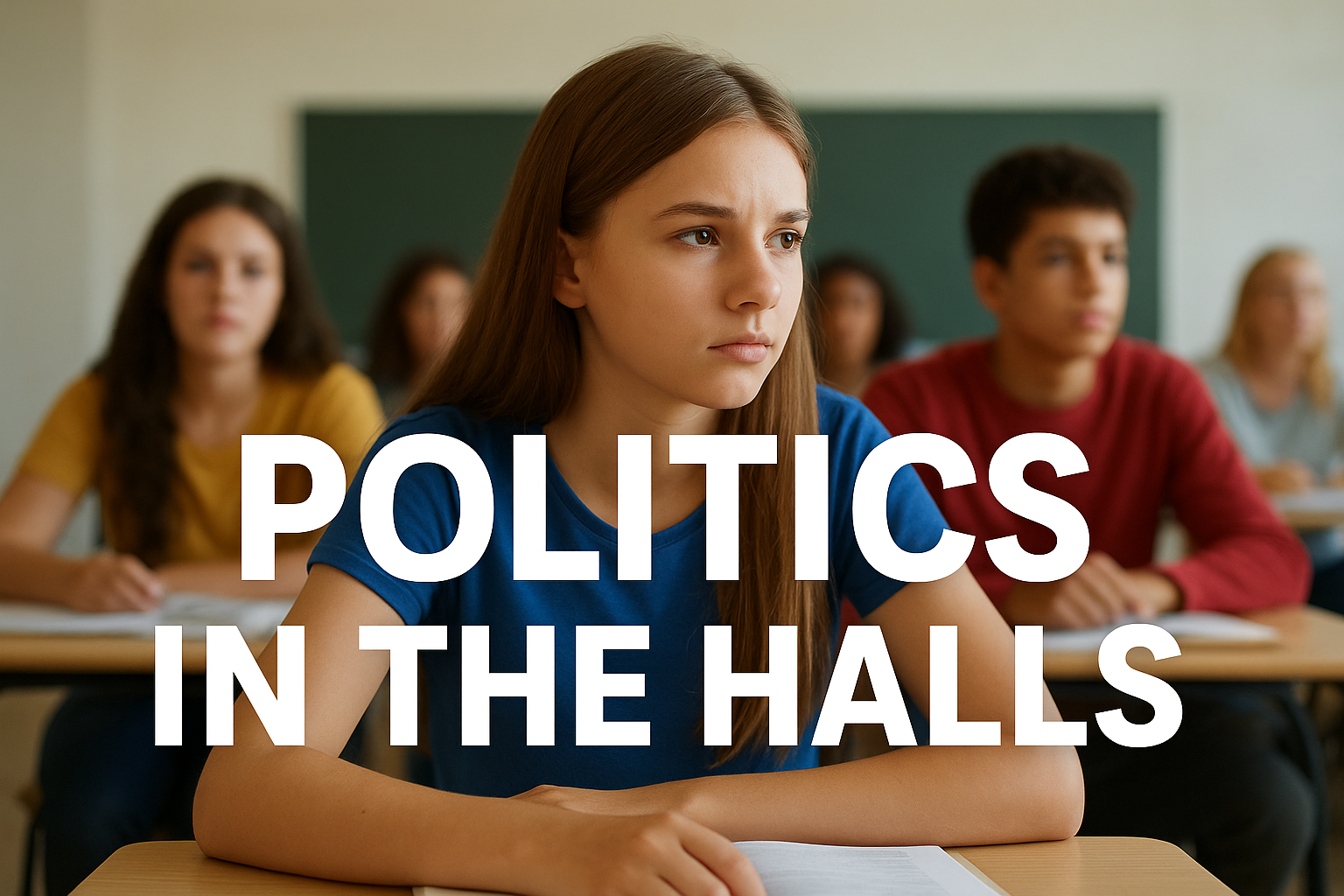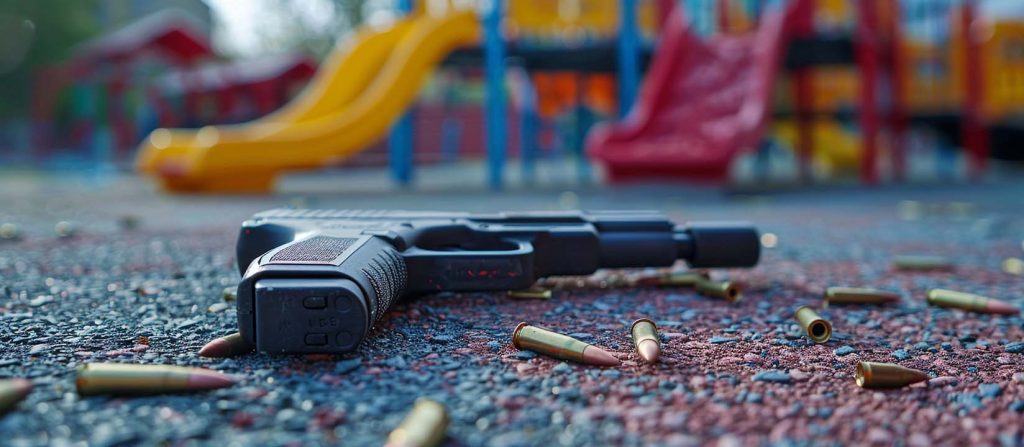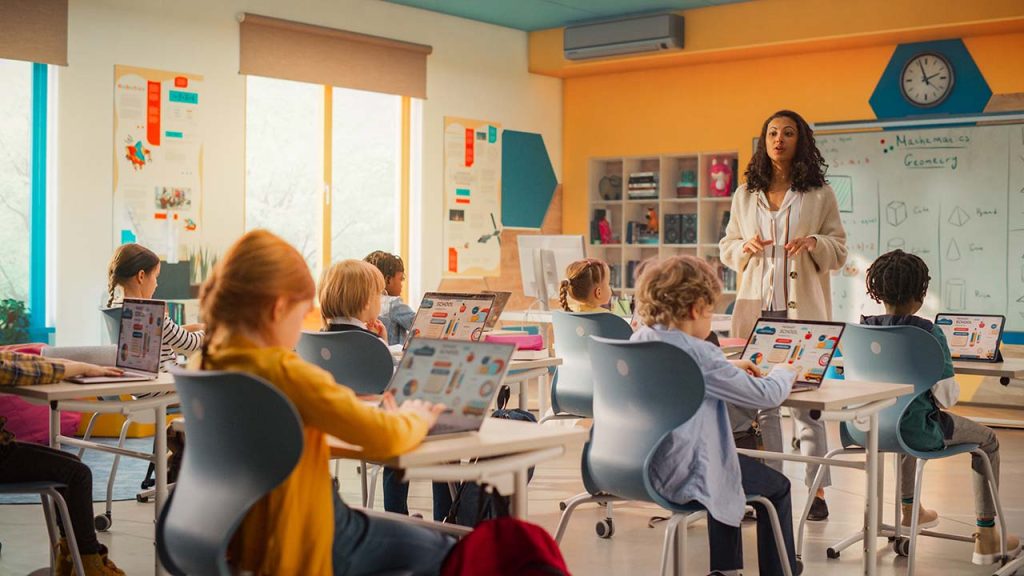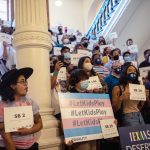
Teachers’ Unions Want Every School to Be a Community School. Here’s Why
Could community schools be the answer to many of the challenges plaguing schools today, from teacher attrition to student disengagement to opportunity gaps in academic achievement? Teachers’ unions are betting on it.
Community schools are public schools that provide a wide range of services and supports for students and their families. Educators, students, families, and community members all work together to tailor school policies and programs to the neighborhood’s needs.
One estimate suggests that there are between 8,000 and 10,000 community schools in the nation. Advocates hope that number will grow, buoyed by the support of the Biden administration and philanthropic groups that have committed millions of dollars in funding.
National Education Association President Becky Pringle has said she wants every school to be a community school—and that she hopes there will be 25,000 across the country by the time she leaves office three years from now.
During a panel at the NEA’s representative assembly last week, union leaders from across the country spoke about how educators in community schools have the freedom to come up with innovative programs. As a result, they said, teachers tend to be happier and want to stay, and students are more engaged in their school community. (Research has indeed found that well-implemented community schools are associated with improvements in student outcomes.)
“I get a say in what I want in my classroom, what I want to learn,” said Emma Alvarez, who just finished 8th grade at Sycamore Junior High School, a community school in Anaheim, Calif. “I get to tell my teachers and my peers what I see in my community and what I see in my neighborhood.”
Several teachers’ unions have bargained for a commitment to community schools. Notably, in 2019, the United Teachers Los Angeles went on strike for six days before reaching a deal with the nation’s second-largest district that included funding to convert 30 campuses to community schools. There are now 55 community schools in the Los Angeles Unified School District, with plans to add more in the coming years.
Education Week spoke to UTLA President Cecily Myart-Cruz about her push for community schools. This interview has been edited for length and clarity.
How is teaching in community schools different than teaching in traditional schools? What do your members say?
Everyone who’s working in a community school loves it because they’re committed to students. When we talk about what students gain from being in their own community, and that people care, and that there’s this thriving environment, you’ll see students rise to the occasion.
For example, at 93rd Street Elementary, they were having some issues, especially after the pandemic, with behavior. So what that community school decided to do was have a cool-down room. There’s meditation, there’s yoga. Sometimes, even with us as adults, we need to take a cool down, and we need to take a break because things make us anxious. And that’s what we’ve seen. We’ve seen students saying, “I love it here.”
We want that for every kid across the nation—to say, “I love going to school. I feel good here. People love me.”
How much freedom do community schools have to deviate from district policies?
There’s absolute autonomy [in Los Angeles]. All the stakeholders have said, “We can change this. We can do something different.” And when you give people autonomy and freedom, you will see an absolute change.
When you are too rigid, you’ll see people try to buck against the system. We see that with our own kids. Like, “Why do I have to do that?” And when there’s this freedom, it just flows, and it’s so different. I could see an actual change in students.
Dorsey High School is a predominantly, historically Black high school in south central Los Angeles—they used to have so many school police on that campus. Because it became a community school, the students and other stakeholders said, “We don’t want to see school police. What we want are more mental health professionals or academic counselors. We want to see something better.”
And that’s what’s happened. They had more than 10 [police officers on campus] and they got rid of them all. (This change was part of a broader shift within the district: In 2020, the LAUSD school board cut a third of the school police budget—$25 million—and directed the money instead to support the mental and academic well-being of Black students.)
When I spoke to an 11th grader, she came up to me and said, “Cecily, it’s so different here. I’m able to be who I am authentically and not worry about school police. And I’m able to vibe,”—you know, student language—”I’m able to vibe with mental health folks that look like me.” That meant the world to me.
How much freedom do community schools have regarding assessments? Do they have to follow district requirements?
We’re still fighting it. That’s one of the things we won in 2019, and we put more teeth into it this last contract in ‘23.
(The contract says that the local school leadership council of community schools, which consists of elected parents, educators, and students, will have decision-making purview over the school-based implementation of initiatives or programs mandated by the local, state, or federal government, including periodic assessments. That means the council could decide to eliminate preparation for certain assessments, an NEA official said.)
We want to be clear: We want to eradicate the over-testing, because we feel like educators are authentically assessing their students every single day. I get a state test. But when you’re doing endless amounts of data checks, then you’re getting away from the actual joy of teaching and learning.
What are some hesitations or concerns that educators have regarding community schools?
Some principals are like, “I don’t want to do it because it seems like it’ll be too much work.” We have to get around that piece.
Some [administrators] don’t want to [give up control]. It’s like being in a car, and if I have my hands on the steering wheel, I don’t want to let my steering wheel go. Because there’s a part of the power sharing, the control sharing that happens with the community school model, which means [a student has] just as much a vote as [a teachers’ union president] does.
We don’t want people to feel like that. Power sharing is good. That’s why we talk about bargaining for the common good. We always speak in the collective, because that’s what community schools are.
What has been the reaction in the district as schools become community schools?
I think with the first wave [of implementation] after we went on strike, people were like, whoa. And then to see those community schools flourish in the pandemic—really stand up, get involved, help the community, create food pantries—I mean, beautiful.
At Miramonte Elementary, they brought in First Book, which delivered 20,000 books. (First Book provides new books to children in need through a years-long partnership with the American Federation of Teachers. UTLA is a member union of both the NEA and the AFT.)
We had no forklift. A father in the neighborhood has a business, and he had a forklift, and he came, and he told other friends to come pick up these pallets. It was beautiful to see the whole community saying, “We got these books for our kids,” and they had a whole outdoor potluck. It was beautiful. And the parents want to see more.
Our families are standing up and demanding these type of changes. Miramonte was having declining enrollment. As soon as they became a community school, and soon as they engaged parents, you had parents going to other neighborhoods and churches, saying, “Our school is doing this for our kids.”
What is your end goal for community schools in the district?
The end goal is every school. We’ve gone on strike twice to bring community schools into the conversation. I’m not saying we’ll strike again. And I’m not saying we won’t strike again. Community schools have to be at the center of every single thing that we do moving forward.
They actually talk about collective work, a shared decisionmaking model—it’s what every student deserves.
Dig Deeper With Our Longreads
Newsletter Sign up to get our best longform features, investigations, and thought-provoking essays, in your inbox every Sunday.
The MEN was founded by John Huber in the fall of 2020. It was founded to provide a platform for expert opinion and commentary on current issues that directly or indirectly affect education. All opinions are valued and accepted providing they are expressed in a professional manner. The Maryland Education Network consists of Blogs, Videos, and other interaction among the K-12 community.








